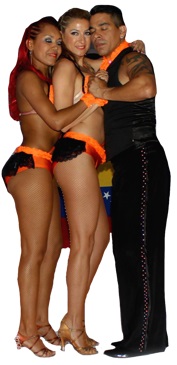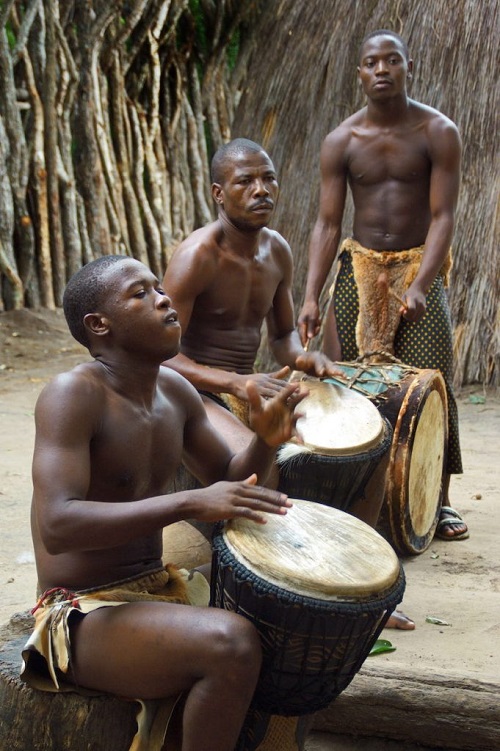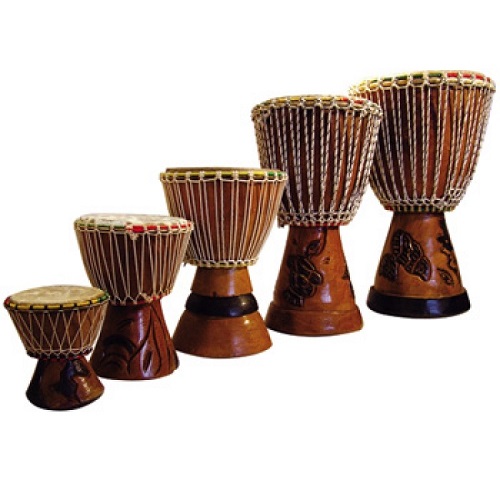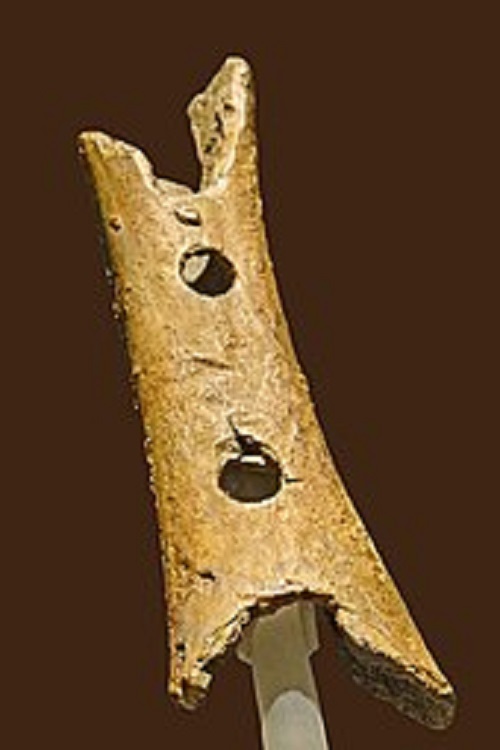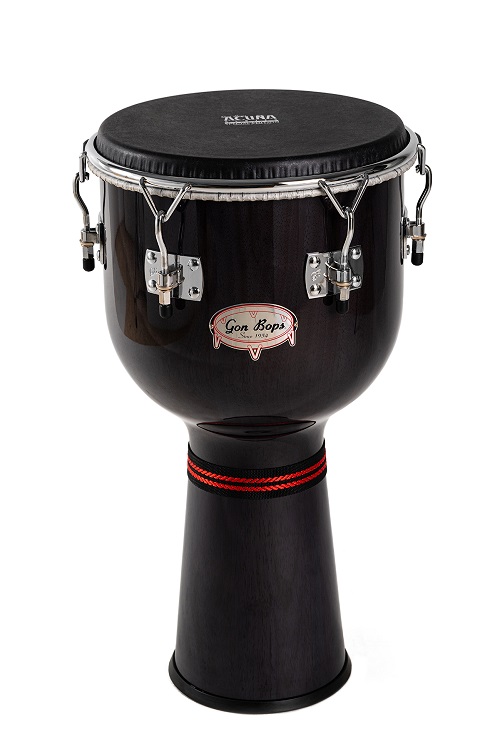Northeast – Middle Atlantic- New Jersey
Cubanoson is a traditional Cuban dance orchestra as created by pianist and composer, Leonel “Papo” Ortega. This Orchestra unites the “Punto Cubano” and the “Son Montuno” bringing danceable Cuban music to any public or private event.
In 2006, Cubanoson released their debut album “Recordando a Cuba” which contain 10 tracks. Four years after, this NY’s Cuban orchestra presented their second album “Rumba Nueva” with 13 singles including 7 originals in Spanish, English and French. Likewise, Cubanoson has the purpose to unite the talent and dedication of excellent contemporary musicians, (true exponents of Latin roots), to offer and express the traditional Cuban music to all cultural venues! Please, visit them in https://www.facebook.com/cubanoson

Next Event: Tuesday, August 7th
Time: 7:00 PM
Venue: National Night Out Festival. Bergenline Ave and 43rd St, Union City, 07087.
Come and dance with Cubanoson for the 13th straight year LIVE!
This is a great festival free to all over a span of 3blocks.
Support of the Police.
